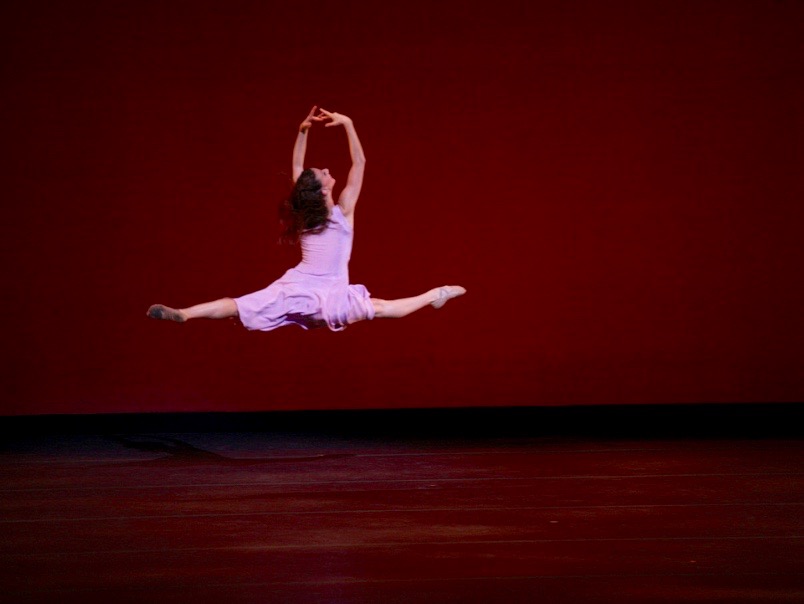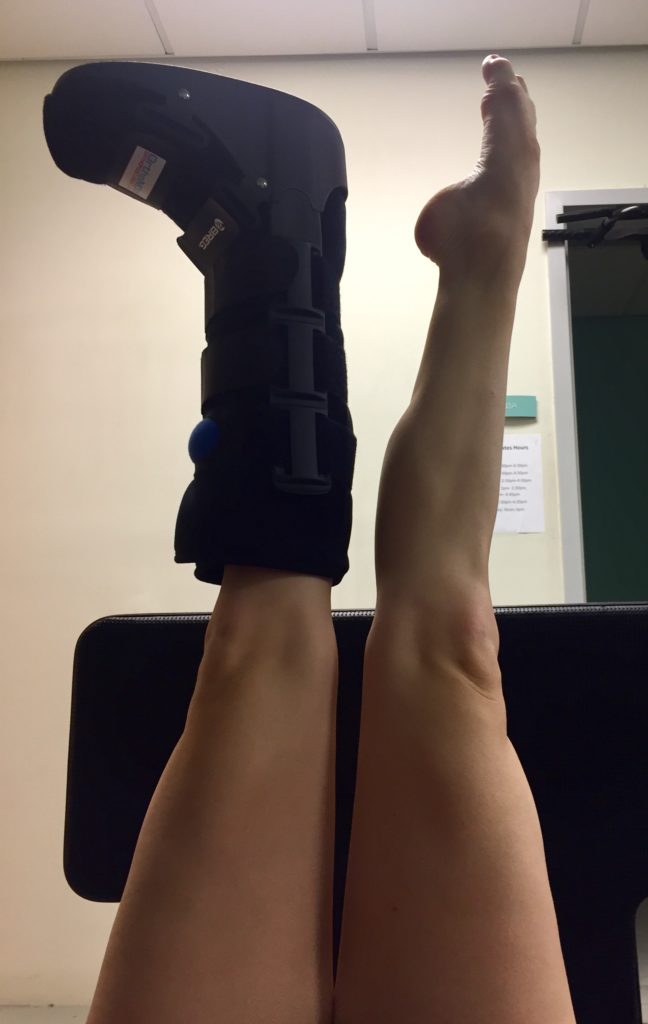
Understanding Injuries
Since I began my career nearly 10 years ago, I have discovered that professional ballet dancers are among the strongest human beings. When I was 5 years in to my professional career, I met with a sports medicine doctor. During our conversation he said to me, “Well, it’s not like you are playing tackle football.” I could not believe it. His comment opened my eyes to how little people understood the dance world and the risks that come with it. Dancers put their careers on the line every day. We must deal with disappointments, but, most of all, we must deal with injuries. Discovering mental stamina while sidelined is the biggest challenge.
The Worst News
The worst news a dancer can receive is that she or he must hold off on what they live and breathe. Dance injuries come when you least expect them. Performing and rehearsing is going along so well and then all of a sudden things come to a screeching halt. It is a complete shock. Many injuries will take weeks, months, or even years to come back from. Emotional attitudes are compromised and difficulties arise from being sidelined. Fortunately, dancers today have access to advanced dance and sports medicine doctors who will answer any questions they have regarding their path to recovery. Depending on the severity of an injury, movement may be limited. This can force a dancer to be away from the studio for quite some time. Other injuries may allow a dancer to continue some normal activity like watching rehearsals or marking in the back of the studio. It is common to find a young dancer joining a company and sidelined early on from an overuse injury. A professional dancer’s schedule can be drastically different from that of a student and they may not be used to it. I have learned that a dancer’s first injury is a crucial learning experience. It was for me. It is the first time a dancer is forced to sit out, cross train, and build back mental and physical strength. There is a significant amount of time to reflect on yourself and any recent experiences. Reflection can be a positive experience, especially when the person is in their most vulnerable state. Reflecting can build a dancer’s confidence while they discover new ways to approach goals. This is when a dancer finds their deepest strength to pull through.
Learning to Cope
Mental stamina and mental clarity are two crucial elements dancers require to tackle their careers. Interestingly enough, our training prepares us for injuries in more ways than one. It is a matter of finding the patience we need to keep our head in the game. Most professional dancers are accustomed to spending 7-8 hours a day rehearsing. It can be quite a shock when all of a sudden you do not have that schedule anymore. Time seems to go by more slowly because the schedule is quieter. It is important to fill that schedule with activities that keep the mind and body alert. A portion of time can be spent working with a sports psychologist to learn how to compartmentalize, gain focus, and grasp the situation. Feeding the mind with positive thoughts and meditating has helped me find trust and confidence. I really have to believe there is a master plan behind it all.
Back to Work

Visualization plays a key role in my return. As I approach the weeks before returning to the studio, I begin to visualize my pirouettes and jumps. Sometimes I watch rehearsals just to become accustomed to the sounds of the pointe shoe hitting the floor. In addition, I find time to research and study ballet videos. Even though injuries stop us from being able to physically practice, we can still keep our minds going. Watching these videos reminds the mind what the movements feel like without actually doing them. All of these practices guide us in the right direction. When the chance comes to finally step back into the studio, it is important to feel ready. I find comfort in knowing what muscles I can and cannot move. This helps me narrow down a productive workout routine to stay into shape. Although it is not easy to work out equivalently to a daily rehearsal schedule, two or three hours in the gym can make a huge difference. The more I do while recovering the more I can focus on the main issue once I am given the ok to move on. My workouts typically include reformer sessions, gyrotonics, biking, and swimming as permitted. My advice for those coming back from an injury is to try all different forms of cross training. If you do Pilates all the time, make sure to throw in a few sessions of swimming to build stamina in a different way. This career is first and foremost visual so it is important to understand how to make an appropriate comeback so that you can feel confident with your progress once you are in the studio or on stage. Be ready to face anything that comes your way.





